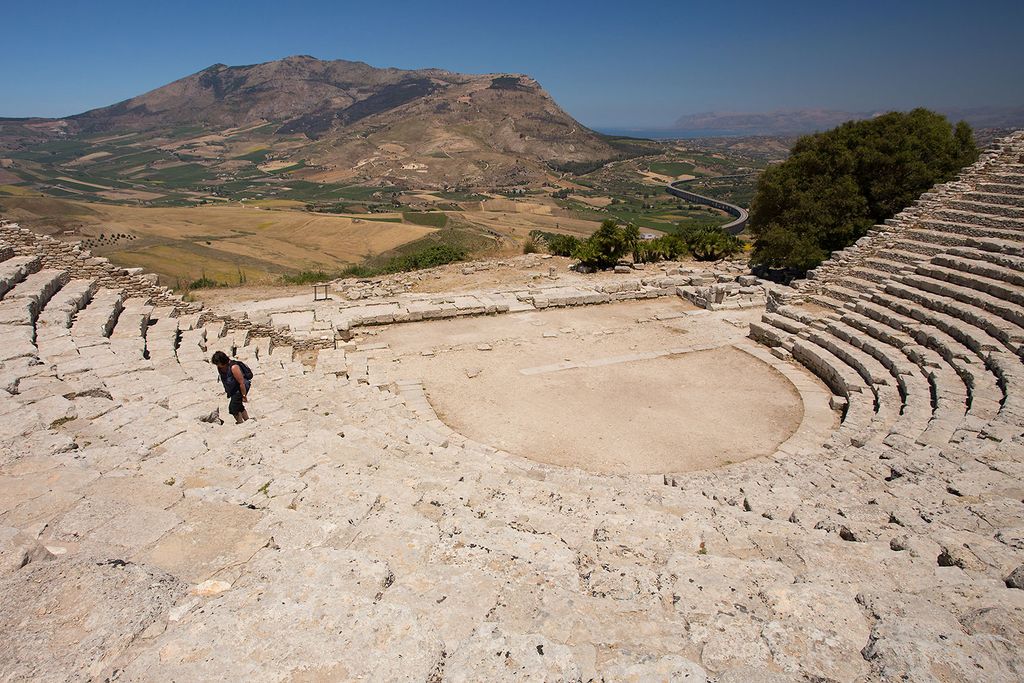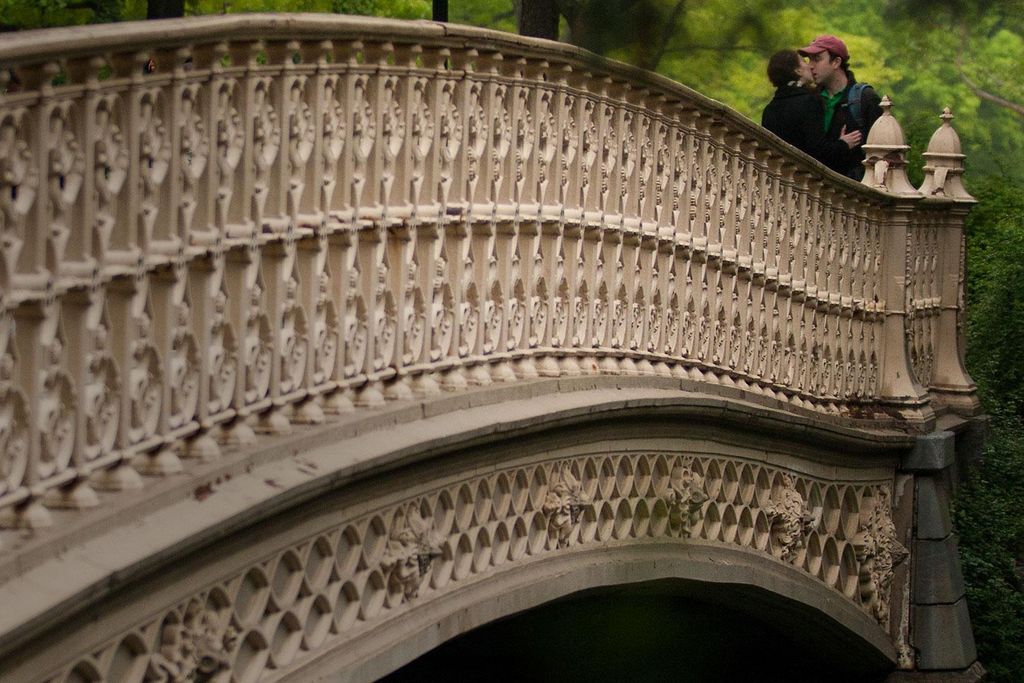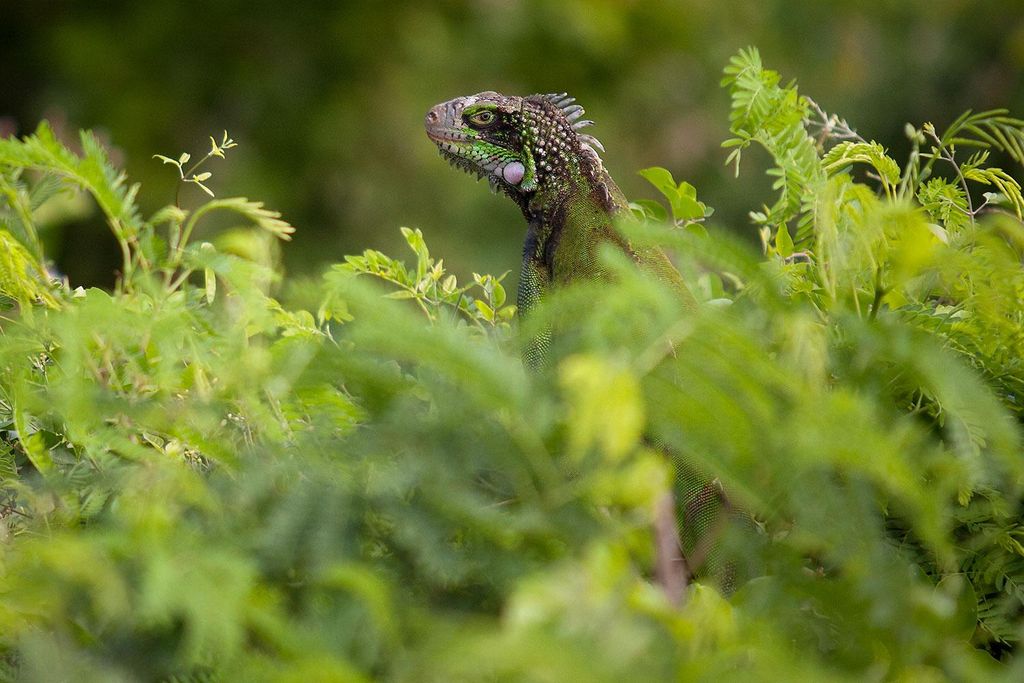It seems everyone has a camera these days, and you may be wondering, “how can I separate myself from the pack?” The answer does not involve a better camera, or a more expensive lens. In fact, the most important part of your equipment actually can’t be purchased in a store. It’s your own unique vision, and perspective on the world that makes all the difference. The following six elements of creative composition are a starting point to better express your point of view.

Sense of Scale
The next time you shoot a landscape, try including a person to the frame. In doing so, you’ll immediately provide the viewers with a better understanding of the sheer size of the landscape. In addition to this sense of scale, a lone subject creates a sense of mystery. Who are they, and what circumstances have led them to this place? The individual doesn’t have to be properly exposed, as even shadowy, or silhouetted figures are just as powerful.

Leading Lines
Take a look at your surrounding environment and you’ll likely notice lines everywhere. Some common examples include train tracks, curved roads, fences, bridges, and tunnels. It doesn’t have to stop there though. With practice, you will continue developing your eye, incorporate leading lines into more of your work. For a dramatic effect, arrange your composition so the lines start at the bottom of the frame, and travel towards the top of the image. Consider it a path for viewers to visually walk through your photograph.

Framing
To properly frame a subject, it should be surrounded by a natural or man-made element on at least three sides. A person in a doorway is the most obvious example. I like to take it a bit further though, and am always searching for creative ways to achieve this. Foliage is certainly a great option. When framing a subject, you’re adding another layer of depth, and drawing the viewer into the photo as if they are watching through a window.

Centered Horizon Line
Too often I hear photographers regurgitate the old phrase; “Don’t put your horizon line in the center of the frame.” They claim it will result in a static composition, or a less dramatic scene. I have photographic proof that it can actually be quite effective, particularly with mirror-like reflections. When you arrive at a beautiful location there is absolutely no need to limit your compositional options. Remember, photography is about expressing your inner vision through a photograph. Do not let tired rules cloud your eyes.

Rule of Thirds
When photographing a person or an animal, it’s tempting to bulls-eye their head directly in the center of the photo. This is sometimes effective, but you can introduce more emotion and visual impact by placing the subject in the upper, lower, left, or right third of the frame. In the examples below, notice how a subtle difference in subject placement can drastically affect the overall mood of the image. This works with living people and creatures, and also landscapes.

EX1: In this image of the Iguana, the subject itself is rather centered in the frame, but the reptile’s head has been placed in the upper third. This minimizes any unnecessary space above the creature.

EX2: If you have a very interesting sky, you may want to show more of it, placing the horizon line in the bottom third of the frame.

EX3: Alternatively, a splendid foreground may deserve more attention. To accentuate it, place the horizon line in the upper third.

Finding a Foreground
If you invited me to your home for a pasta dinner, would you just put one piece of spaghetti on the plate? More likely, you would fill the dish, leaving little empty space. The same concept is helpful in photography. By adding more visual interest, you are creating a feast for the eyes. The foreground elements can be just about anything including flowers, boulders, leaves, or sea shells. Think of your image as my dinner plate and fill it up!

_______________________
Photos and Text by Chris Corradino




